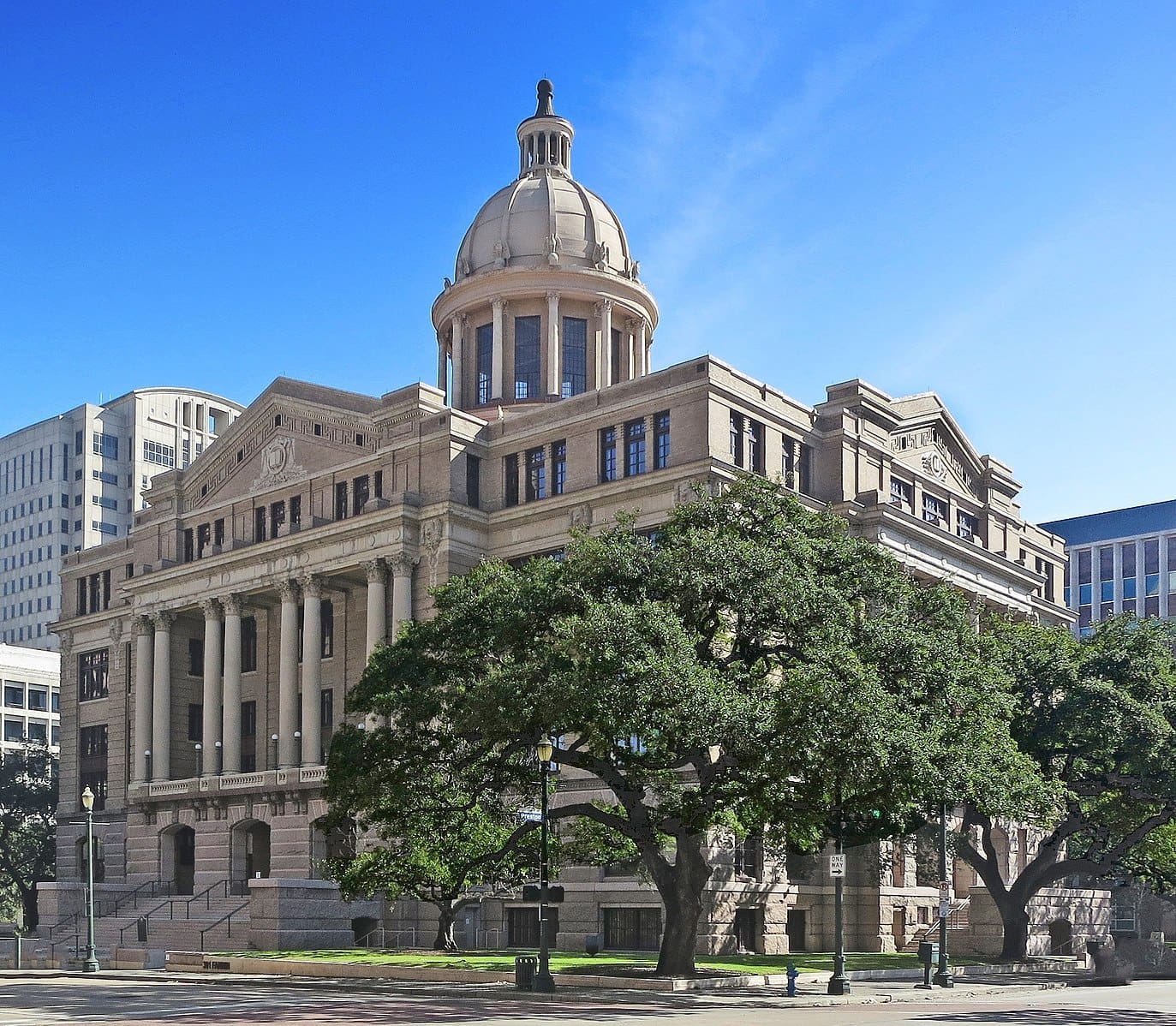Austin has a rising homeless problem — and the city council is actually helping it grow.
Currently, many Austinites are experiencing a harsh reality: the number of homeless residents jumped 5 percent between January 2017 and 2018, and the number of people sleeping unsheltered on the streets is the highest it has been in the last eight years.
The Austin Police Department said homelessness is among the highest complaints citywide, and the problem is listed as city hall’s No. 1 priority.
“This is something we really have to get a handle on,” said Sara Hensley, the interim assistant city manager. “This is not an issue that can be solved, but it’s something we can put a huge dent in.”
The city council’s primary method of addressing homelessness and the rest of Austinites’ struggling to make ends meet is simple: affordable housing. If housing is cheaper, then obviously citizens will have a greater chance at stability and prosperity.
But how will the city council reach that goal? Sadly, the actions city hall has taken thus far are actually steering Austinites further away from it.
For the Austinites who have yet to be driven to the streets, the current reality they know is that their rents are soaring out of control. They need no reminder of how high prices have climbed, but a recent report confirmed Austin has the most expensive average rent out of the five biggest cities in Texas and earned the award last year for the highest one-year rent increase in the state.
Austinites also know there is a dire shortage of affordable places to live and an increasingly heavy tax burden each year. As a result, many hard-working residents have been forced to move out of the city and some have found themselves on the streets.
What Austinites are experiencing — the dismal realities of rising rents, no affordable places to live, increased homelessness, and heavy taxes — all trace back to city hall’s decisions.
Rents continue rising because city council has enacted suffocating rules on construction, blocking new affordable housing from being built.
“Every regulation the city does just adds another layer of cost to what would be an affordable house otherwise,” said Donovan Davis, president of the Austin firm Danze & Davis Architects. “What used to cost maybe $75 for us to do a site plan in Austin now costs over $2,000 because of the amount of time it takes to do all those regulations that we do.”
Indeed, the city’s rules have built a wall against new construction and, as a result, prices have shot up for the scarce few places left to live.
On top of blocking new housing, the city council has also increased rent prices and housing costs by driving up taxes, taking more money away from landlords and homeowners.
“Studies have shown that increases in property tax rates contribute to residential rent increases,” said a University of Texas report on gentrification in Austin. The study UT cited concluded that it was “indeed the case” that raising property taxes had a “significant” effect on raising rents.
That only confirms common sense: when a person has higher bills, it is harder for them to afford living unless they can make more money. In Austin, the average homeowner’s tax bill to the city is 80 percent higher than it was 10 years ago; few Austinites got an 80 percent pay raise during that time frame.
The city council’s decisions to build a wall against new housing and continually take more money from citizens have produced the harsh reality Austin now experiences. Those decisions have helped shoot rent prices sky-high, forced homeowners out of the city, shut down iconic local businesses, and dumped residents onto the streets.
Which brings us back to an earlier question: given the outcome of city council’s decisions so far, how do they now plan to reach their goal of affordable housing?
Shockingly, with more of the same actions that caused the crisis in the first place.
As if the current consequences were not enough to make them change course, the city council plans to continue increasing taxes — taking more money from vulnerable, hard-working Austinites — and has no plans to break down the wall of regulations that stand in the way of home construction.
Austin is not the first city to make these bad decisions. San Francisco is further ahead on the same path Austin is now taking — their average monthly rent for a one-bedroom apartment is $3,300, and the homeless disaster there is the worst in the country.
Austinites can take action to change the current path city leaders have taken them on by contacting their council members and telling them to lower their taxes and get rid of the regulations blocking new construction.
Otherwise, homelessness will only continue climbing, and Austinites will only continue being forced out of a city they once called home.





